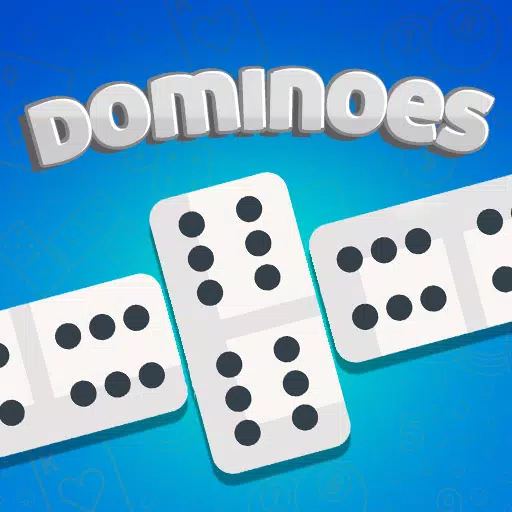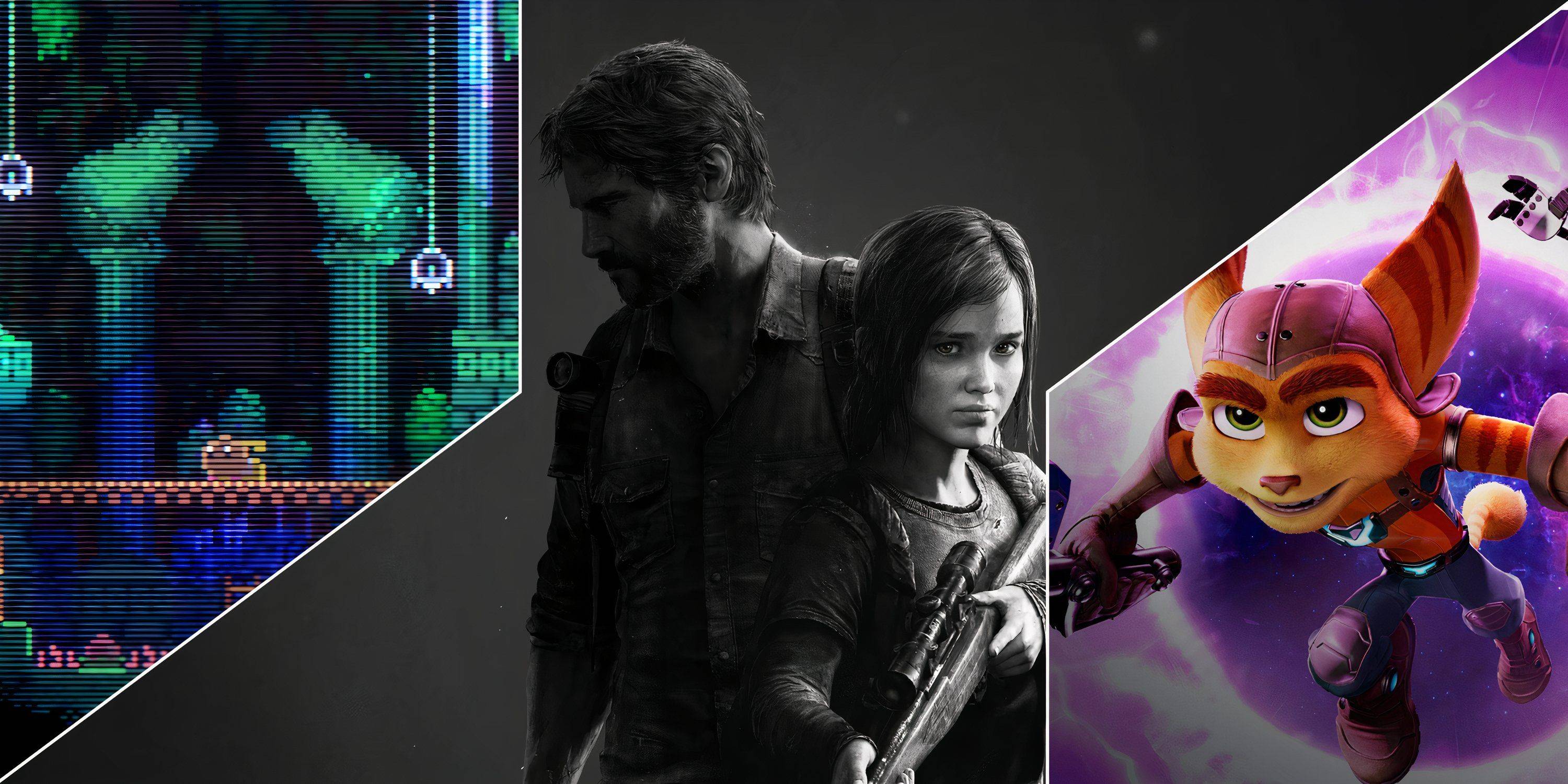When I sat down to play developer MercurySteam's latest project, Blades of Fire, I expected something reminiscent of the studio's Castlevania: Lords of Shadow games, but with modern twists inspired by God of War. However, an hour into the game, it felt more like a Soulslike, albeit one where weapon stats take precedence over character attributes. By the end of my three-hour hands-on session, it became clear that Blades of Fire skillfully blends both familiar and novel elements, creating a unique and engaging experience within the action-adventure genre.
At first glance, Blades of Fire may seem like a clone of Sony Santa Monica's God of War, with its dark fantasy setting, heavy-hitting combat, and third-person camera that closely follows the action. Yet, it's more than that. During the demo, which spanned the game's opening hours, I navigated a winding map filled with treasure chests, aided by a young companion who assisted with puzzle-solving. Together, we sought a woman of the wilds living in a house atop a giant creature. The game also borrows heavily from FromSoftware's repertoire, such as anvil-shaped checkpoints that replenish health potions and respawn enemies.
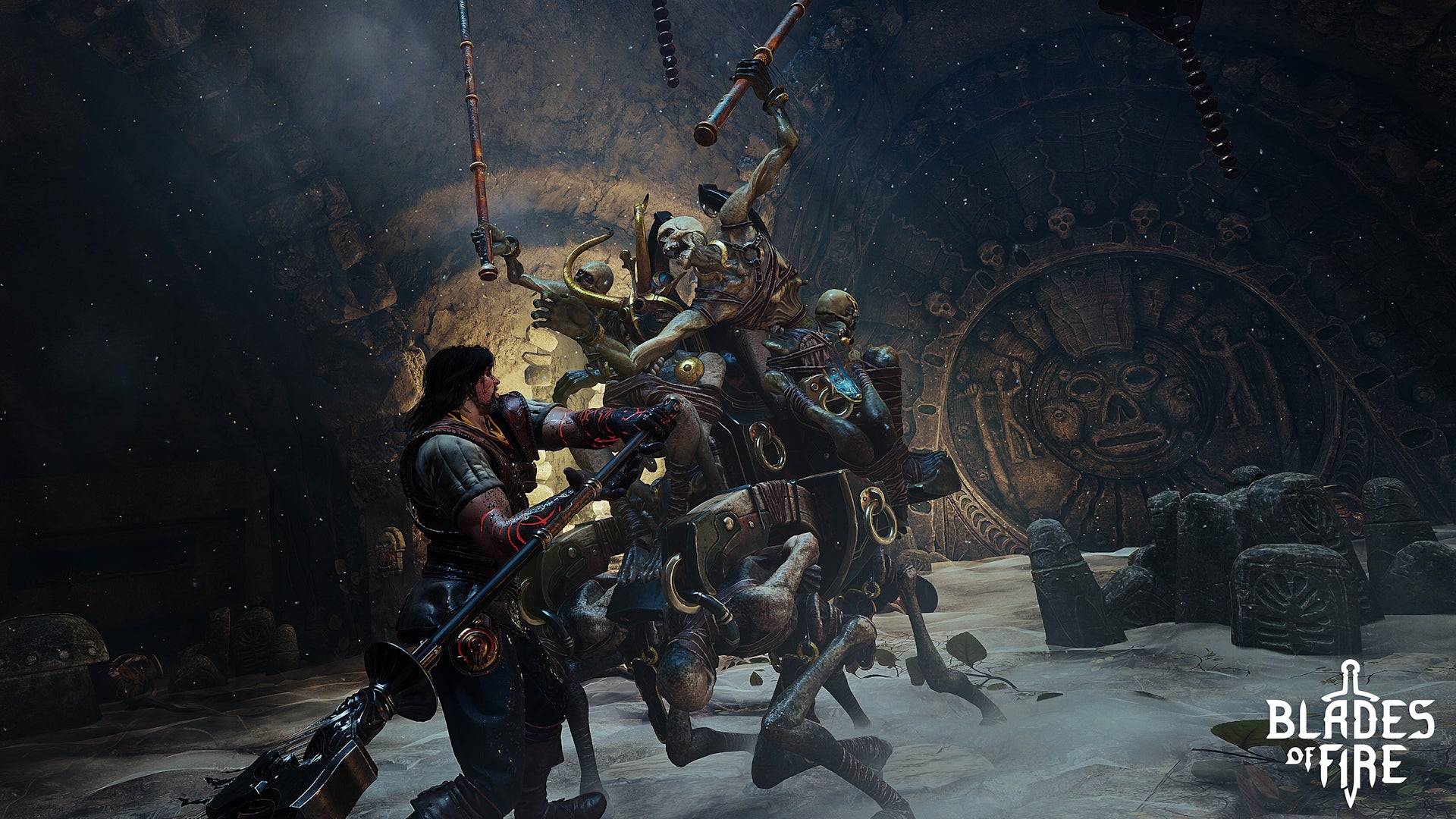
The game shines in its mechanics, particularly its combat system, which relies on directional attacks using every face button on the controller. For example, on a PlayStation controller, the triangle button targets the head, cross the torso, while square and circle swipe left and right. Reading an enemy's stance is key to breaking through their defenses; a soldier protecting their face can be defeated by aiming low. The visceral impact of combat is accentuated by the squelchy sounds and visuals of blood erupting from wounds.
The demo's first major boss, a slobbering troll, showcased the system's depth. It had a second health bar that could only be damaged after dismembering it, with the limb removed determined by the angle of attack. You could even decapitate the troll, leaving it blind and flailing until it regrew its eyes. Such mechanics add layers to the combat, demanding careful strategy.
Weapons in Blades of Fire require significant attention, a refreshing departure from most games. They dull with use, reducing damage incrementally, necessitating the use of sharpening stones or switching stances to maintain effectiveness. Durability is also a factor; when a weapon shatters, it can be repaired at an anvil checkpoint or melted down for crafting new ones.
Blades of Fire Screenshots
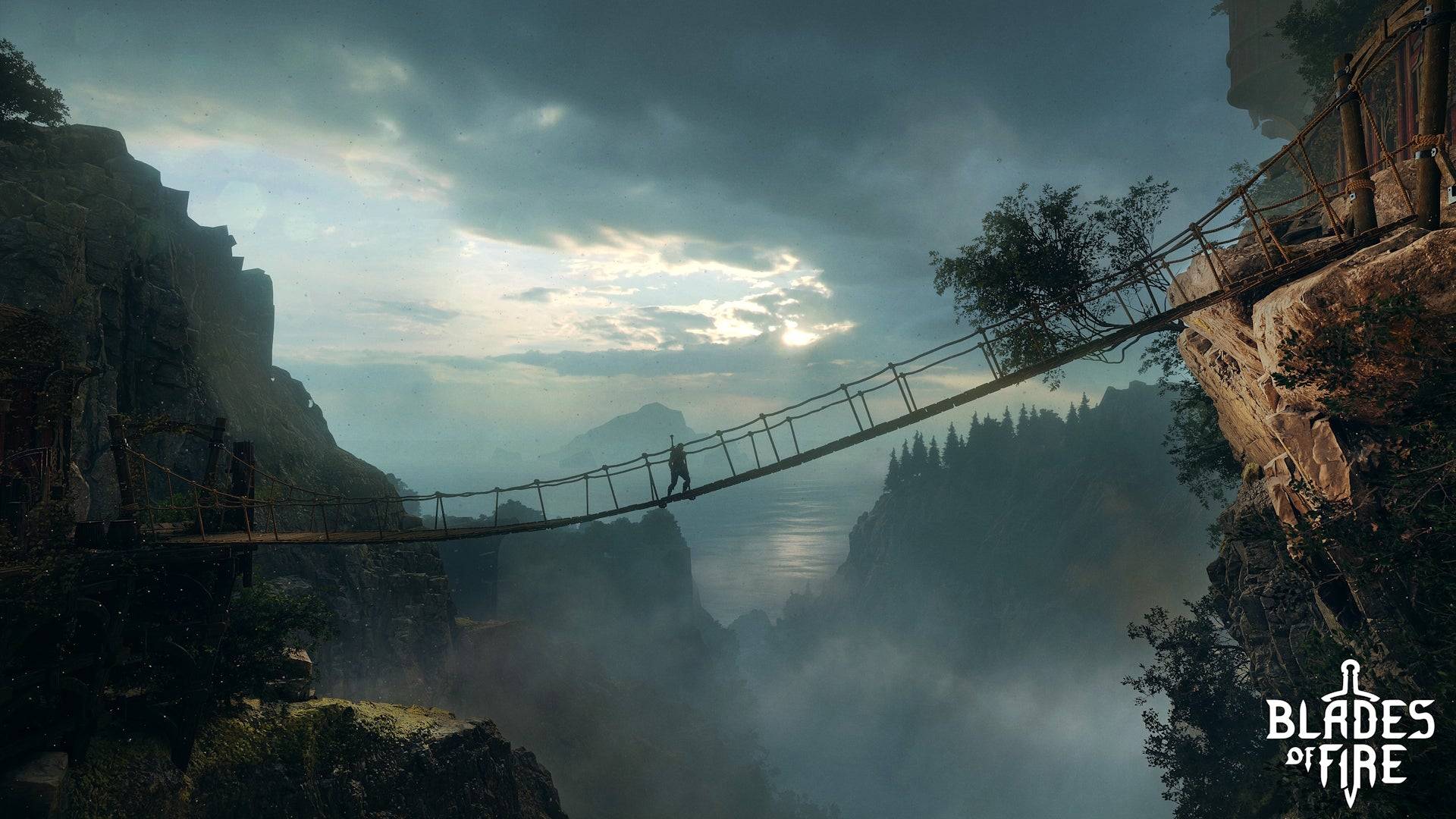
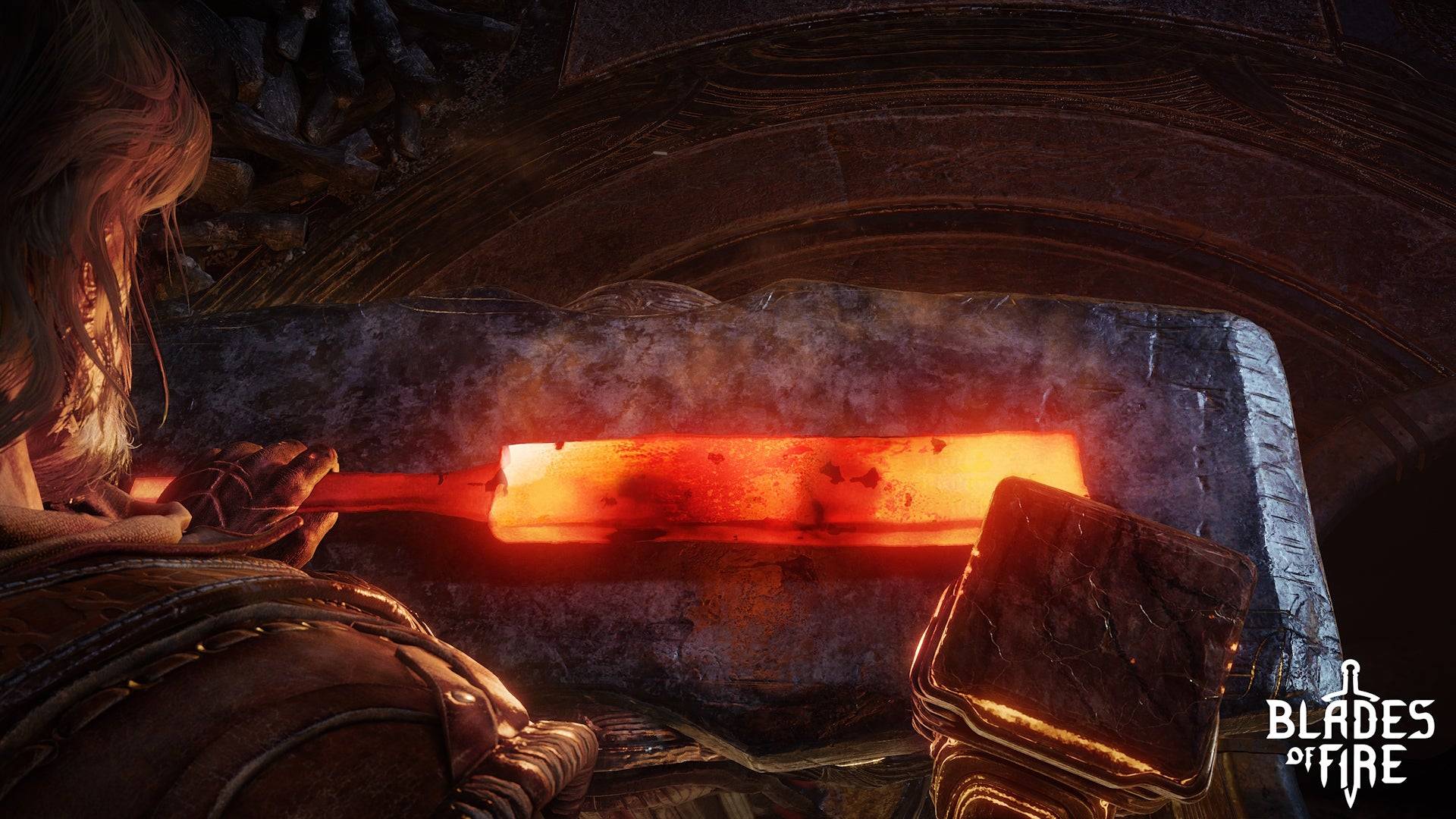 9 Images
9 Images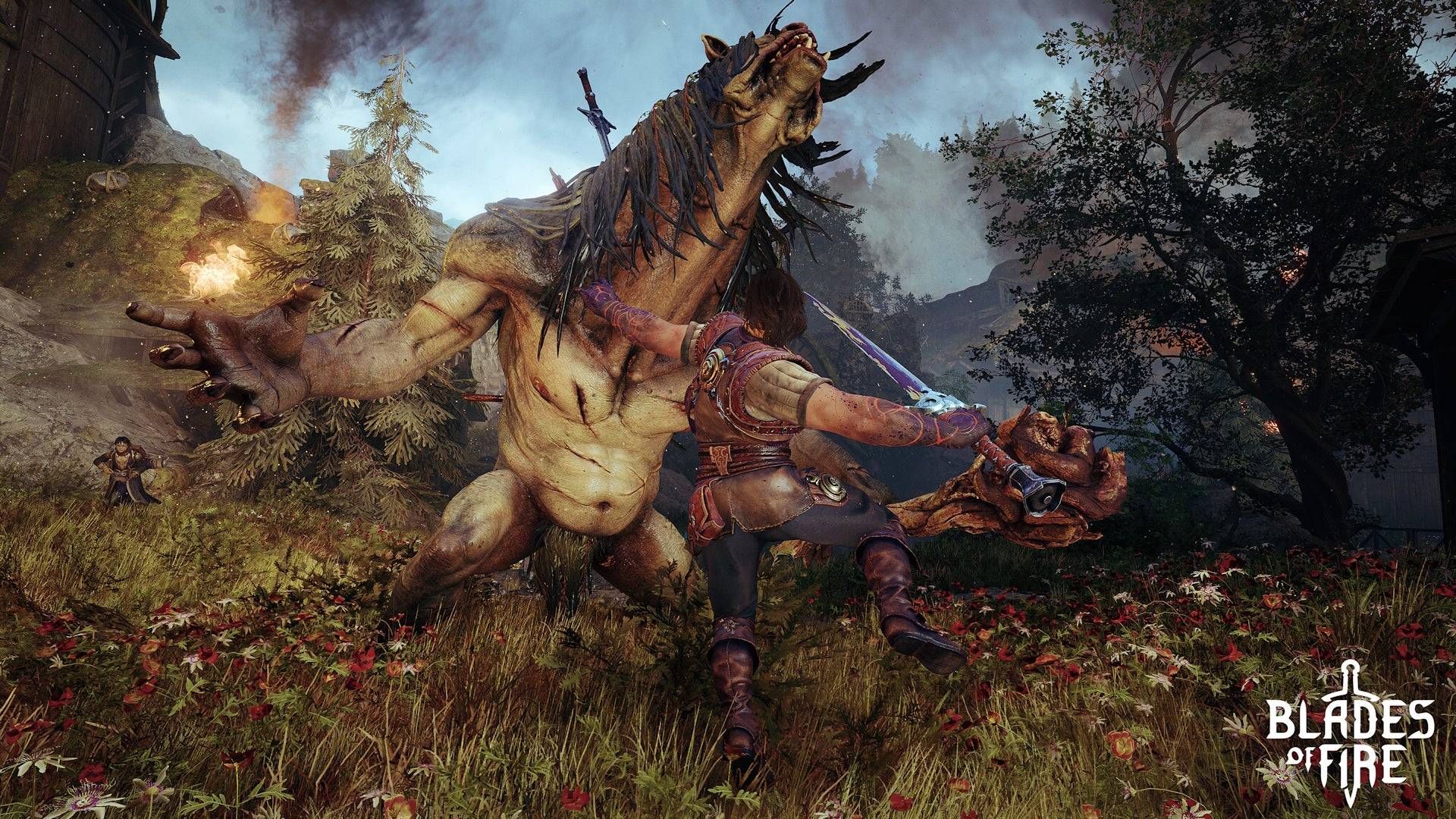
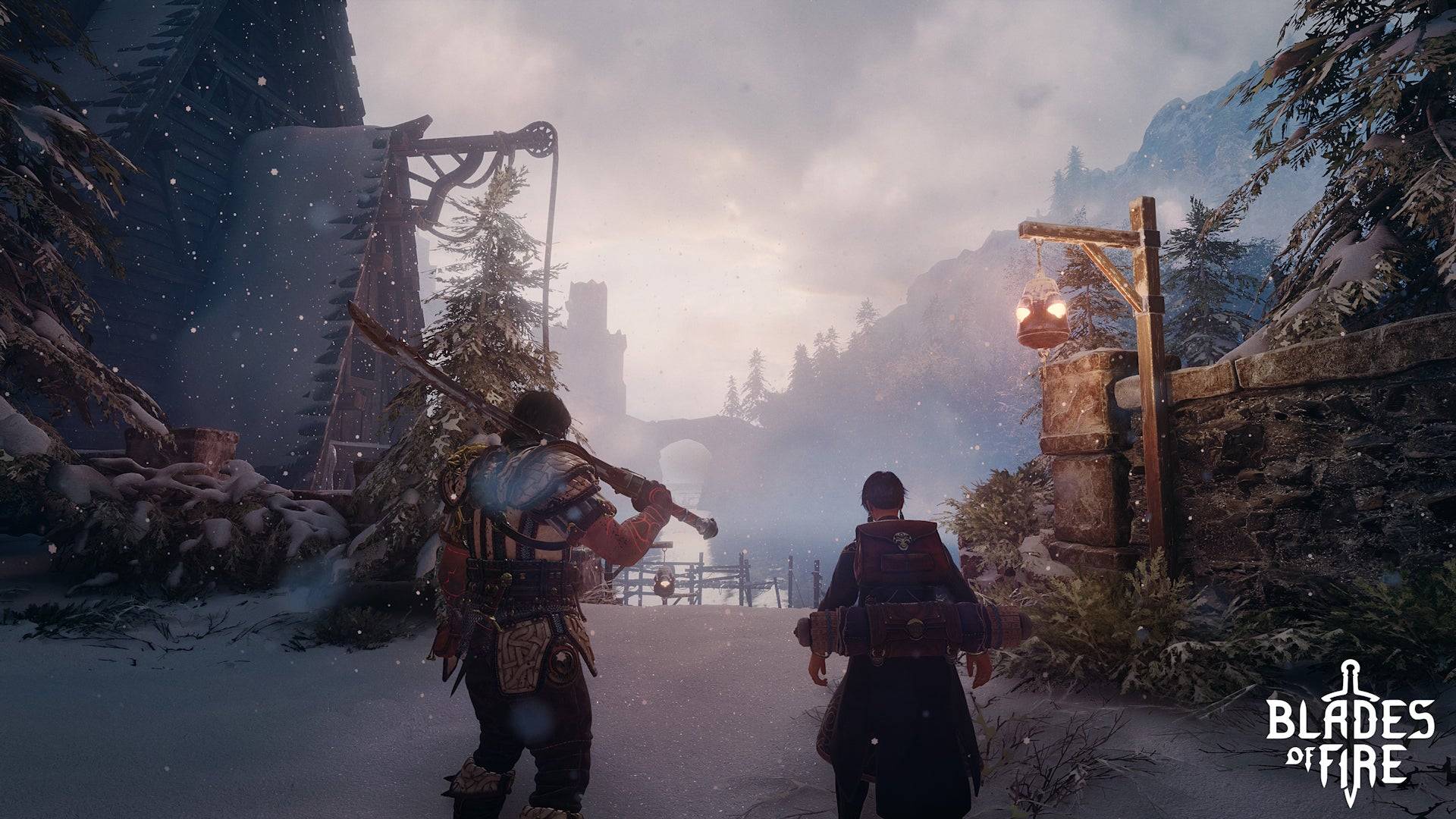
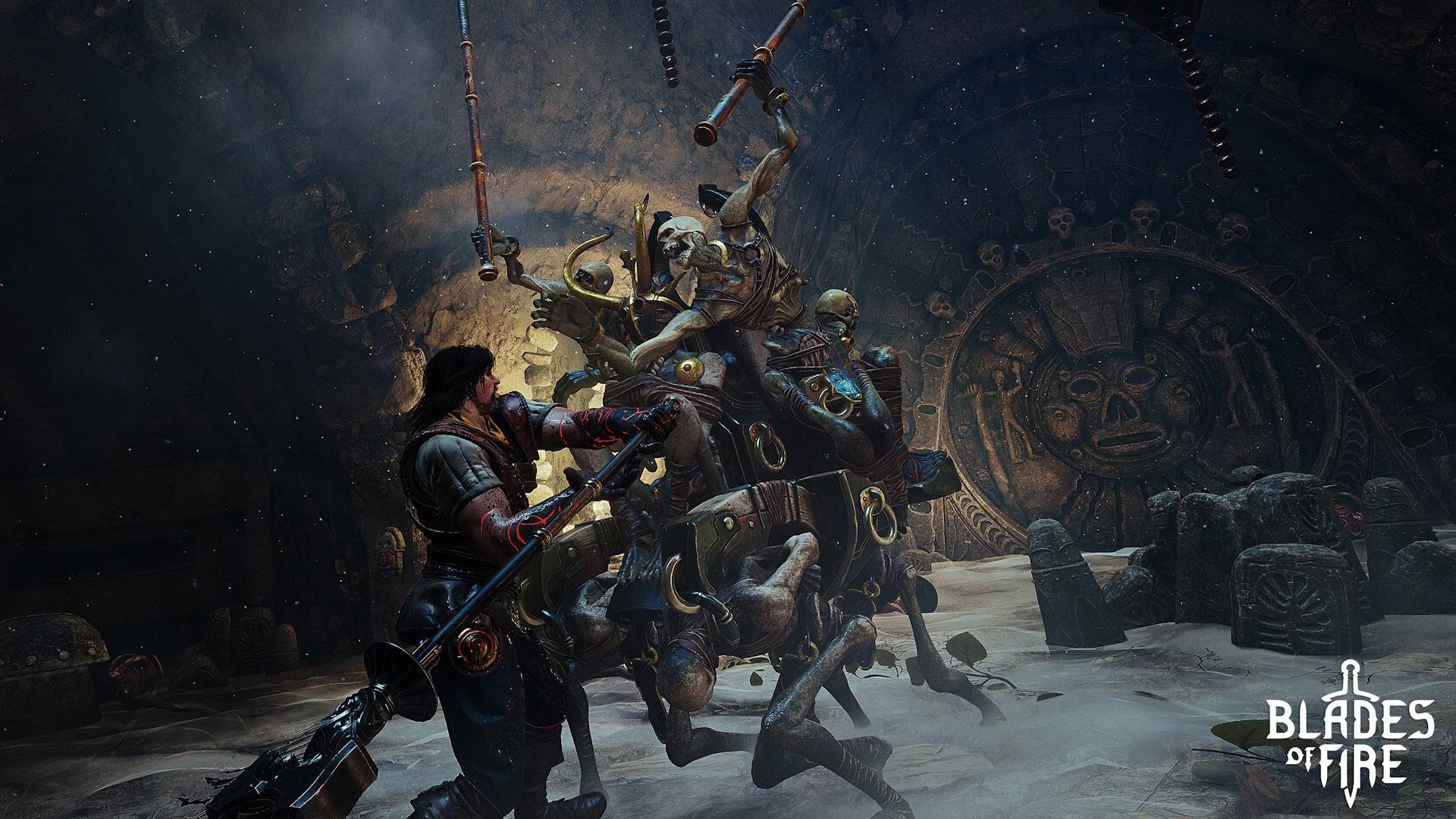
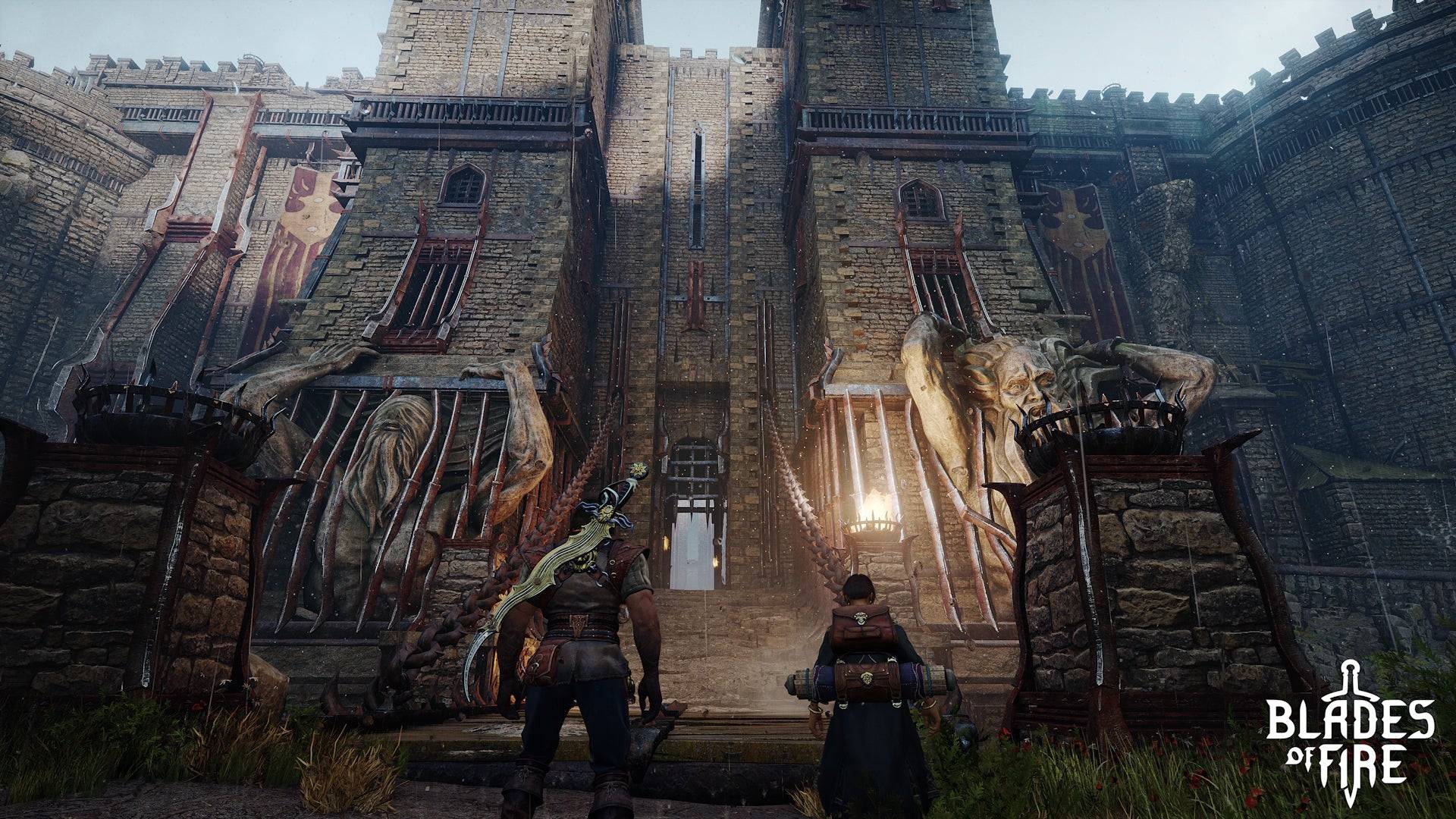 MercurySteam's weapon crafting system is exceptionally detailed. It starts with selecting a basic weapon template, which Aran sketches on a chalkboard. You can then tweak aspects like the length of a spear's pole or the shape of its head, affecting the weapon's stats and stamina requirements. This process gives a tangible sense of crafting.
MercurySteam's weapon crafting system is exceptionally detailed. It starts with selecting a basic weapon template, which Aran sketches on a chalkboard. You can then tweak aspects like the length of a spear's pole or the shape of its head, affecting the weapon's stats and stamina requirements. This process gives a tangible sense of crafting.
Crafting is only the beginning. You must then physically forge the weapon at an anvil through an involved minigame that requires you to control the length, force, and angle of each hammer strike to match an ideal curve. Overworking the steel weakens the weapon, so precision is key. Your performance earns a star rating, which determines how many times the weapon can be repaired before it breaks permanently.

The forge system extends beyond a short demo, aiming to create a deep attachment to your weapons throughout a 60-70 hour journey. As you explore and discover new metals, you can reforge your weapons to meet new challenges. The death mechanic reinforces this bond; upon defeat, you drop your weapon and must reclaim it, adding a layer of strategy and emotional investment.
AnswerSee Results*Blades of Fire* draws inspiration from *Dark Souls*, but the connection to your crafted weapons adds a deeper layer of meaning. Dropped weapons remain in the world, challenging you to recover and reforge them, potentially rekindling your bond with weapons from hours earlier.MercurySteam's influence from Dark Souls and its spiritual predecessor, Blade of Darkness, is evident. Yet, Blades of Fire stands on its own, reinterpreting established systems into a unique blend. It's not just a Soulslike or a God of War-like; it's a distinct canvas of ideas.
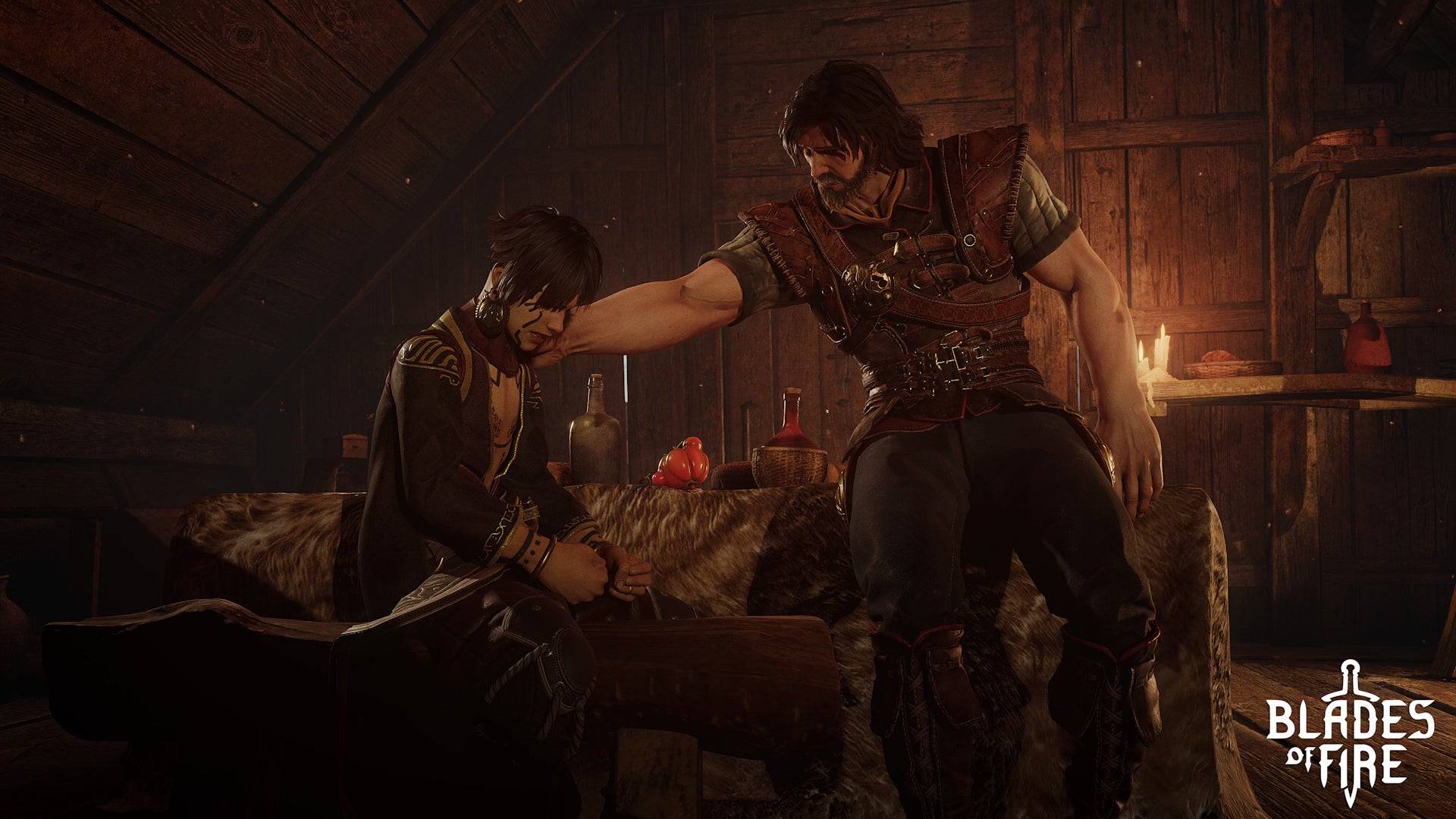
 Home
Home  Navigation
Navigation






 Latest Articles
Latest Articles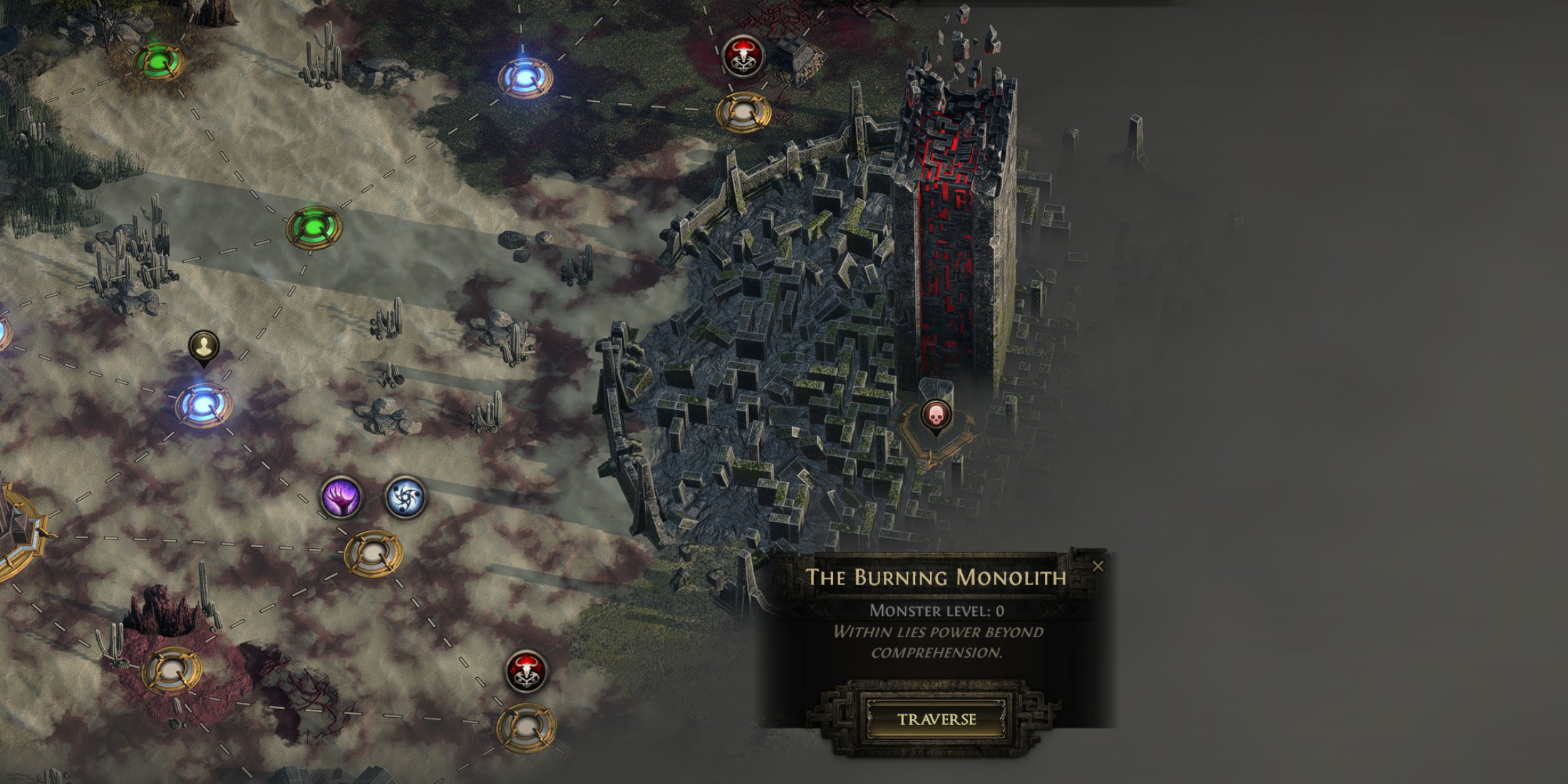










 Latest Games
Latest Games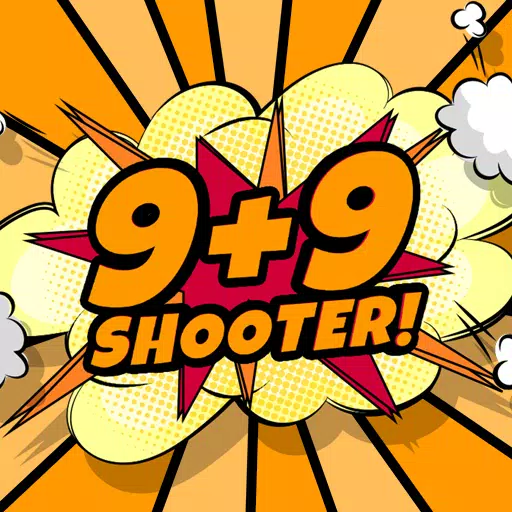

![[グリパチ]CR戦国乙女〜花〜](https://imgs.xddxz.com/uploads/83/17306721726727f62c13377.webp)

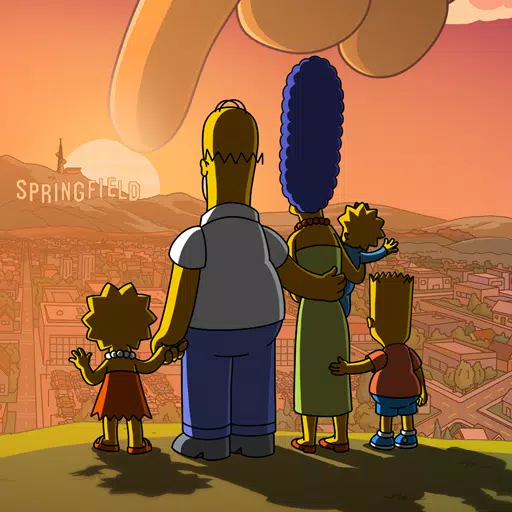
![Chubby Story [v1.4.2] (Localizations)](https://imgs.xddxz.com/uploads/85/1719638042667f981a5e9f8.jpg)

![Zia – New Version 0.4 [Studio Zia]](https://imgs.xddxz.com/uploads/47/1719569268667e8b74e6004.jpg)


